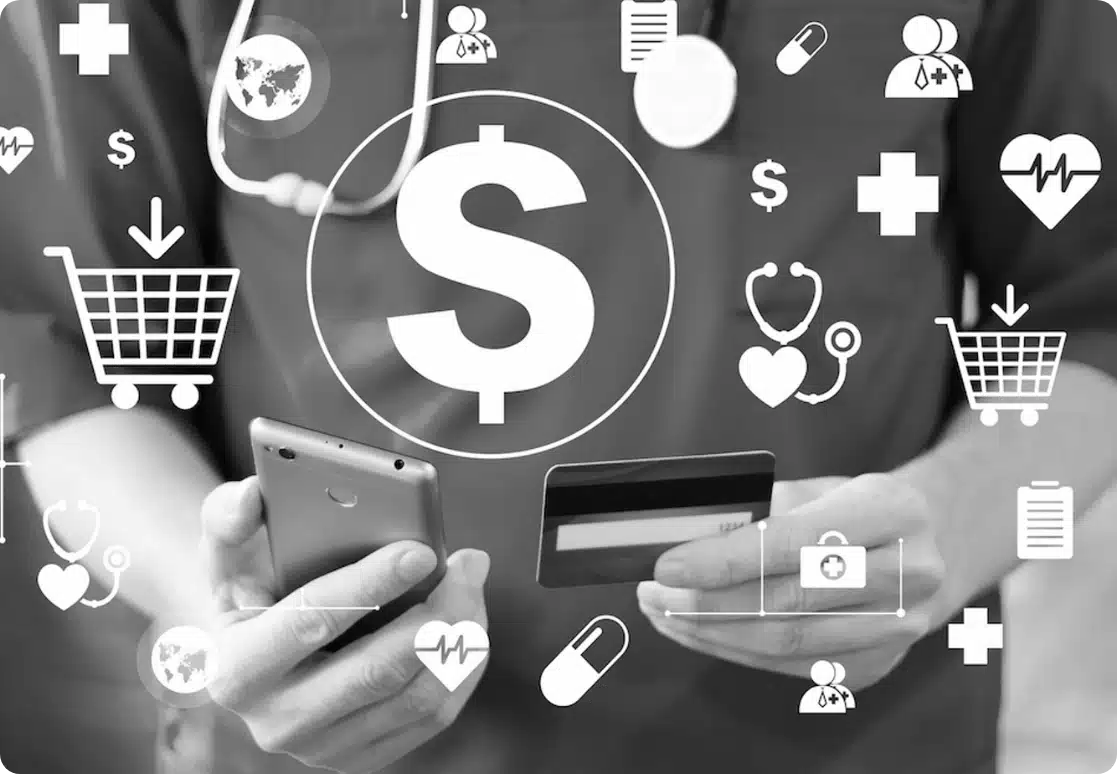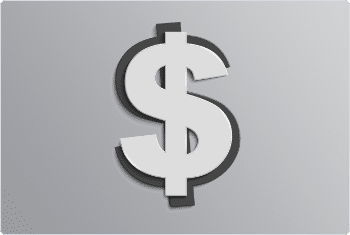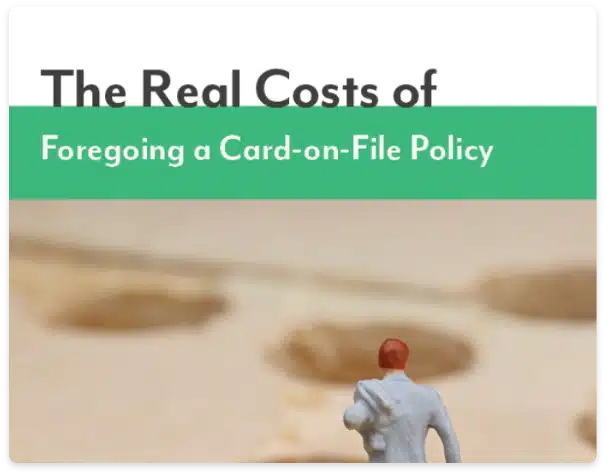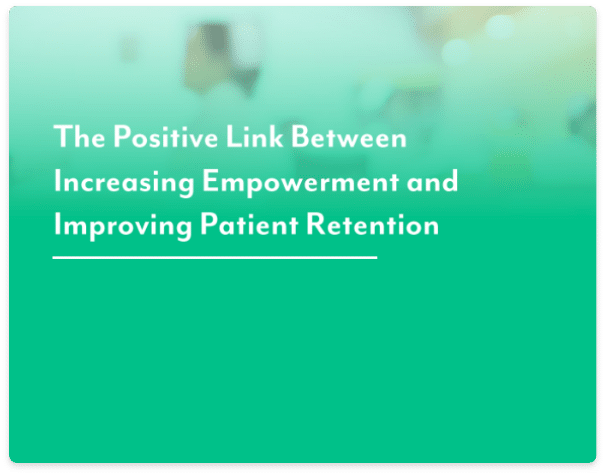 If you’ve spent any time on our website or have seen members of our sales team at a conference, you might have heard that our clients are collecting over 97% of residual balances when patients check in with Health iPASS and opt to keep a card-on-file (COF). When compared with the industry average of 12%, that’s kind of a big deal (insert winky face here). The true key to this kind of collection success is collecting payment assurance via establishing a card-on-file COF policy to pay for post-adjudication balances. That sounds great for practice managers, but what about the patients? Here are some of the objections that may arise regarding keeping patient payment information on file, and how to gently overcome them.
If you’ve spent any time on our website or have seen members of our sales team at a conference, you might have heard that our clients are collecting over 97% of residual balances when patients check in with Health iPASS and opt to keep a card-on-file (COF). When compared with the industry average of 12%, that’s kind of a big deal (insert winky face here). The true key to this kind of collection success is collecting payment assurance via establishing a card-on-file COF policy to pay for post-adjudication balances. That sounds great for practice managers, but what about the patients? Here are some of the objections that may arise regarding keeping patient payment information on file, and how to gently overcome them.
Objection #1: Once you have my payment information, how do I know you won’t just charge me in the future without my knowledge or consent?
Counterpoint:
With Health iPASS, you will see your estimated out-of-pocket expense after insurance processes your claim right on our kiosk screen when you check-in and when you check-out, so you will know exactly what you owe (can you say price transparency?). When you opt to keep your payment information on file, you receive an email after your claim has been adjudicated that the payment source you provided and authorized at check-out will be charged in five to seven days for the amount that insurance deems a patient responsible out-of-pocket expense. At that time, if you wish to change the payment type, you simply call your provider’s office. Your payment authorization only works for charges incurred on that visit/encounter and no others.
Objection #2: But how do I know that my patient payment information is secure and won’t be stolen by data thieves if you are keeping my info on file?
Counterpoint:
Health iPASS (and hence your provider) uses a process called tokenization when processing your patient payments. When you swipe or insert a credit or debit card, tokenization takes information like your name, account number, expiration date, and security code, and changes them into a unique, indecipherable sequence (or token) that is good for a one-time use only for that particular charge. The token can only be read by the payment processor, making it useless to data thieves and even to your provider. Your actual information never enters the system, so your sensitive data is never vulnerable to fraudsters.
Objection #3: If I use my credit card to pay my medical bill, but do not pay the balance in a timely fashion, I am subject to fees and late fines though my credit card company. If I don’t pay my bill at the practice, there are no immediate penalties. So why would I use my credit card for a medical bill?
Counterpoint:
Ok, this question requires a little more of a nuanced response. First of all, patients can use their credit or debit card, or even ACH electronic transfer as a payment-on-file. Debit cards and ACH transactions do not carry the same potential for interest or late fees as credit cards.
Secondly, this question will likely be the rarest of the three, because research shows that most patients want to pay their medical bills and consider them as high on the payment priority list as utility bills. However, now and then providers will run into patients who have no intention to pay, and therefore will not provide payment assurance. The bottom line is that a medical practice is really a small business like any other and providers are entitled to payment for services rendered. In cases of financial hardship, Health iPASS allows providers to work with patients to establish reasonable payment plans.
While it’s important to remain sensitive to patient payment needs and preferences, there is no reason that providers should continue to act as banks extending credit for patient balances that drain away the practice’s operating income. Patients want a more retail-like healthcare experience, and with that will come more retail-like payment methods.
Are you considering implementation of a card-on-file program at your practice but aren’t sure where to start? See a short demo of our patient revenue cycle solution and learn how easy it is to establish a patient revenue collection policy that is based on the swift rise of healthcare consumerism.
{{cta(‘e48e792e-61f8-4306-8862-c6923b08815f’)}}






